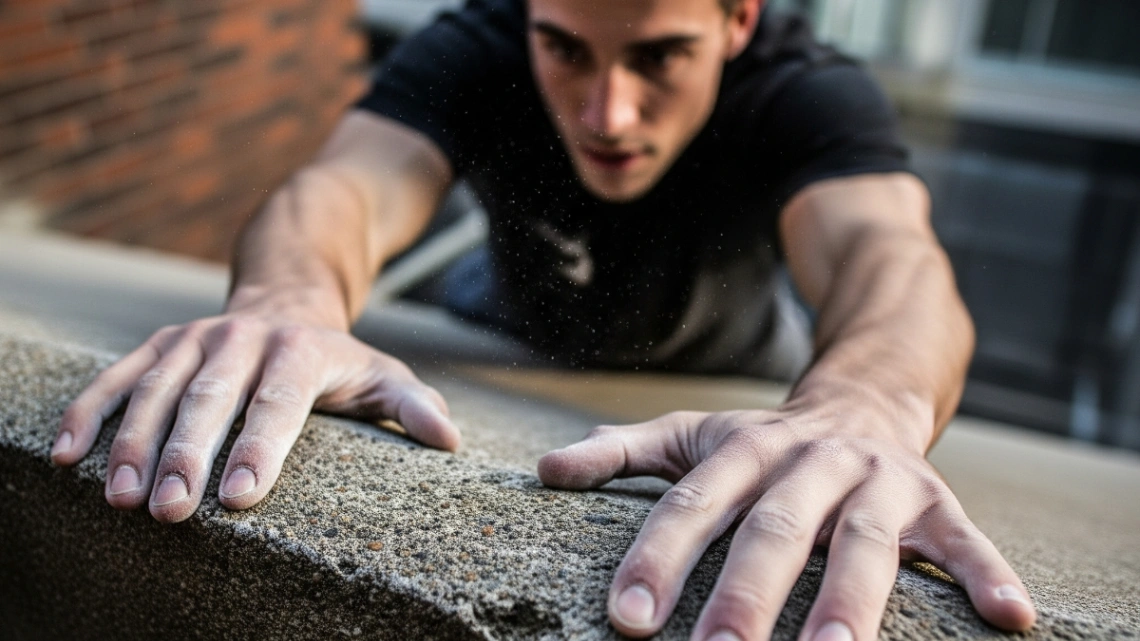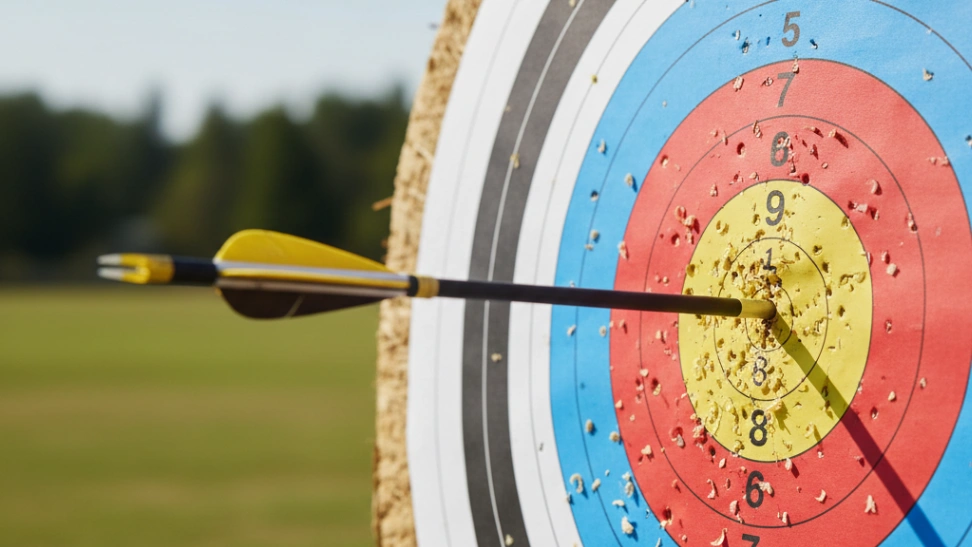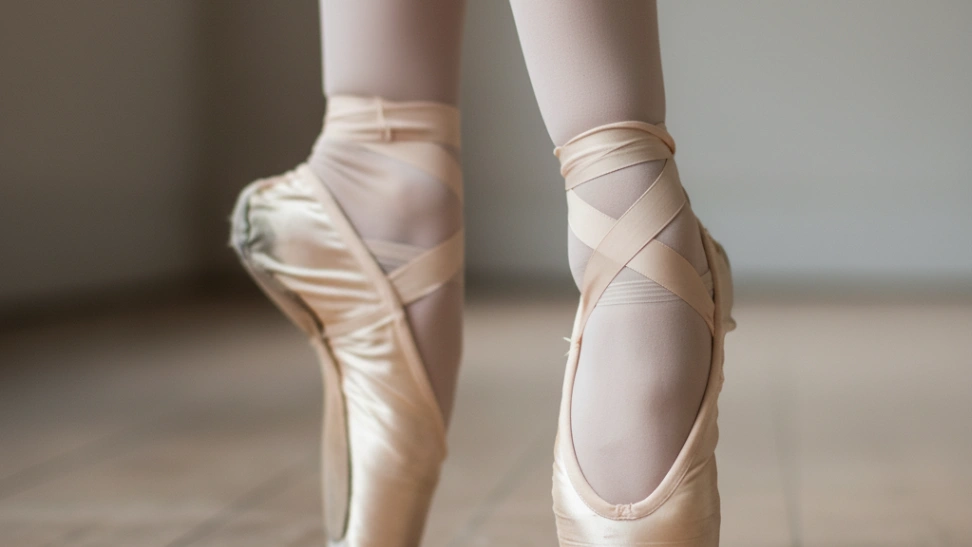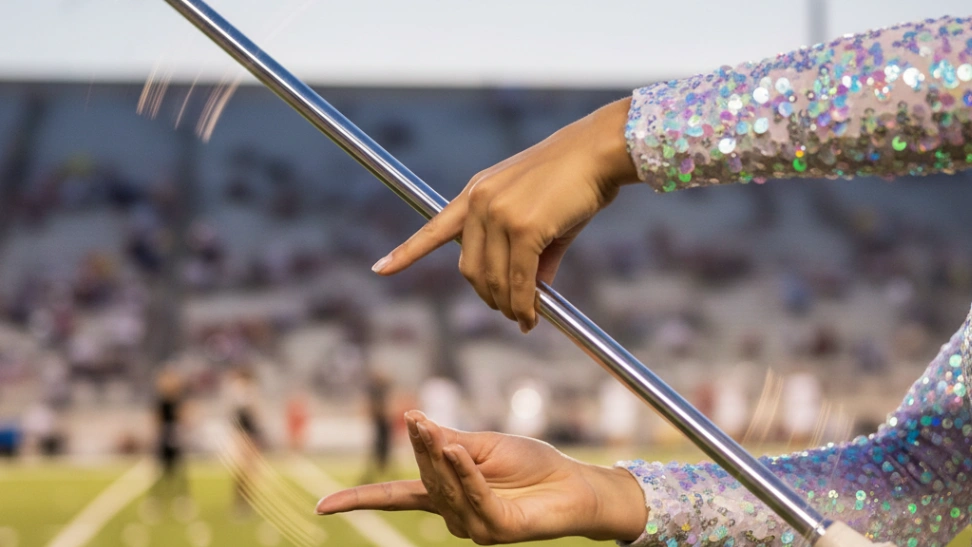The roots of parkour can be traced back to Georges Hébert, a French naval officer in the early 20th century, who developed the "Méthode Naturelle." This system of physical education was designed to train individuals, particularly soldiers, to be strong, agile, and resilient for all aspects of life, including military operations and rescue missions. It focused on natural movements like running, jumping, climbing, balancing, lifting, and self-defense, emphasizing utility, courage, and altruism. Hébert's philosophy was "Être fort pour être utile" – "Be strong to be useful." This methodology heavily influenced physical training in French military and civilian schools for decades.
The direct lineage to modern parkour emerged in Lisses, France, during the late 1980s and 1990s. David Belle, often credited as the founder of parkour, along with a group of friends including Sébastien Foucan, formalized and popularized this discipline. Belle's father, Raymond Belle, was a Sapeur-Pompier de Paris (Parisian firefighter) and a veteran of the Vietnam War who had trained extensively in Hébert's Méthode Naturelle. David learned these principles from his father and adapted them to the urban environment, using walls, railings, and buildings as his training ground. This group, initially known as the Yamakasi (Lingala for "strong man, strong spirit"), developed techniques for overcoming obstacles with speed, efficiency, and grace. They emphasized the importance of self-mastery, discipline, and respect for one's environment. The term "Parkour" itself was coined by David Belle and Hubert Koundé, deriving from "parcours du combattant" (the military obstacle course), simplifying it to "parkour" to denote a path or a course. Sébastien Foucan later developed "Freerunning," a related but distinct discipline that places a greater emphasis on aesthetic and expressive movement rather than pure efficiency. This evolution marked the transition from a purely utilitarian physical training method to an expressive and challenging art form, inspiring countless individuals worldwide to reconsider their interaction with their surroundings and their own physical capabilities. The early 2000s saw a surge in popularity, largely due to documentaries, films like "District 13" starring David Belle, and viral online videos, propelling parkour into global consciousness and sparking its widespread adoption and adaptation across continents. The core tenets of adaptability, resilience, and creative problem-solving remain central to its practice, continuously evolving with each new generation of practitioners.
At its heart, parkour is about efficient and continuous movement. Traceurs learn a diverse vocabulary of movements to navigate any terrain. This includes vaults (various ways to get over an obstacle), precision jumps (landing accurately on small surfaces), landings (absorbing impact safely), climbing (ascending walls or structures), balancing (traversing narrow ledges), and rolls (dissipating kinetic energy from falls). The emphasis is always on control, safety, and understanding one's limits. Beginners start with conditioning exercises, such as push-ups, squats, and pull-ups, to build foundational strength and endurance. They then progress to basic movements like proper landing mechanics and the safety roll, which are critical for injury prevention. As proficiency grows, movements are linked together, developing "flow" – the seamless transition from one obstacle or technique to the next. This journey demands immense patience and a meticulous approach to practice, as each movement builds upon the last, requiring a deep understanding of body mechanics and spatial awareness. The goal isn't just to clear an obstacle, but to do so with minimal effort and maximum control, maintaining momentum and an awareness of the next challenge. This constant assessment of one's environment and capabilities hones both physical and mental agility, making practitioners acutely aware of their surroundings and responsive to dynamic situations. Mastery of techniques is secondary to the mastery of one's own body and mind.
Parkour offers a myriad of benefits, extending far beyond mere physical prowess. Physically, it develops incredible functional strength, cardiovascular endurance, flexibility, balance, and coordination. Traceurs often exhibit powerful leg muscles from jumping, strong upper bodies from climbing, and an incredibly stable core from maintaining dynamic balance. Mentally, parkour fosters problem-solving skills as practitioners analyze routes and innovative ways to overcome obstacles. It builds immense confidence, helps manage fear (especially heights or impacts), and cultivates discipline through consistent practice and gradual progression. The challenge of overcoming both physical and mental barriers is deeply rewarding. Beyond individual growth, parkour boasts a vibrant and supportive global community. This community often trains together, shares knowledge, spots each other during difficult moves, and encourages safe, responsible practice. There's a strong emphasis on mutual respect, humility, and the sharing of experience, making it a highly social activity for many. This collaborative spirit helps newcomers learn from experienced traceurs, creating a rich learning environment that accelerates skill acquisition and reinforces the philosophical underpinnings of the discipline. The sense of belonging to a global network of like-minded individuals who push their boundaries and explore their environments together is a significant draw for many.
While parkour might appear extreme, it is surprisingly accessible. It doesn't require specialized equipment beyond a good pair of athletic shoes and comfortable clothing. The world is your gym, meaning training can happen almost anywhere – parks, urban plazas, forests, or even dedicated indoor parkour gyms. This accessibility democratizes fitness and encourages an active lifestyle that integrates seamlessly with daily life. The philosophy of parkour is as important as its physical aspects. It encourages practitioners to look at their environment not as a set of static structures, but as a dynamic playground of possibilities. It teaches adaptability, resourcefulness, and the art of seeing solutions where others see barriers. This mindset extends beyond physical training, influencing how traceurs approach challenges in their everyday lives. It is about personal responsibility, pushing one's perceived limits, and continuous self-improvement, fostering a deep connection between the individual and their surroundings. Ultimately, parkour is a journey of self-discovery, transforming how one perceives the world and their own potential within it, advocating for responsible engagement with public spaces and fostering a healthy respect for both the urban and natural environment.



